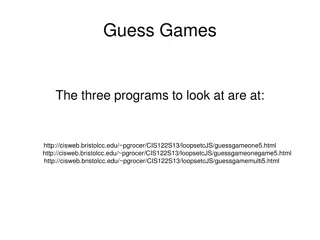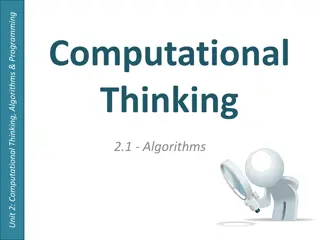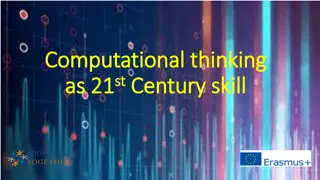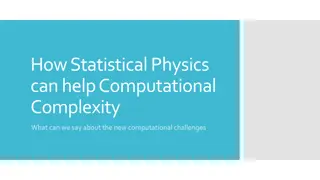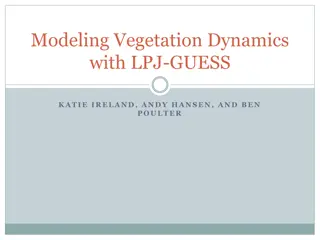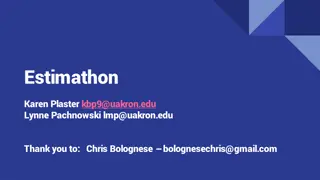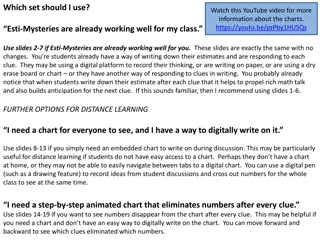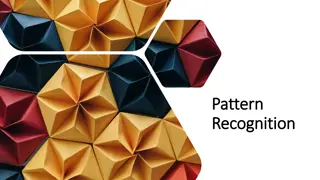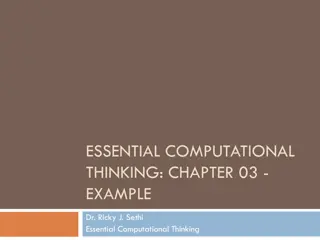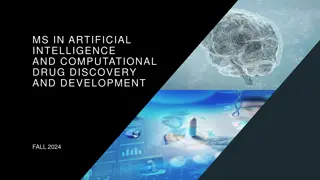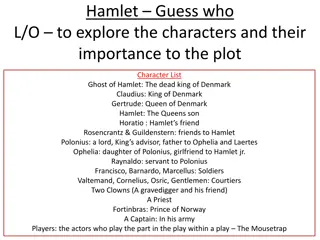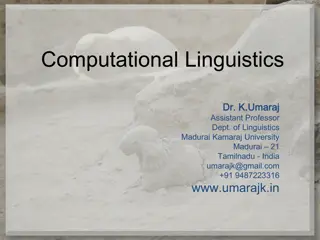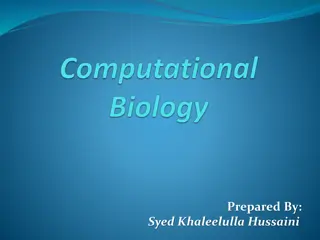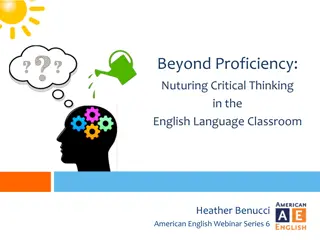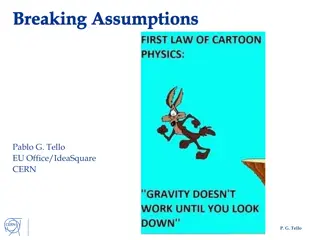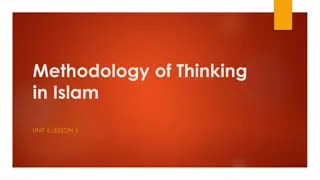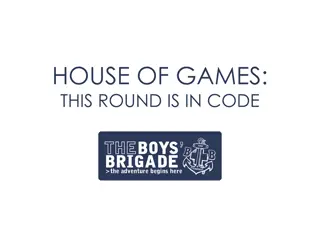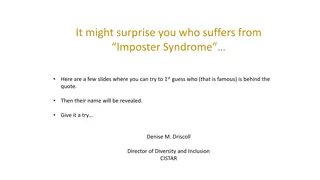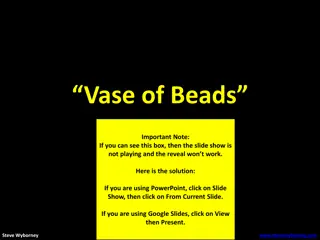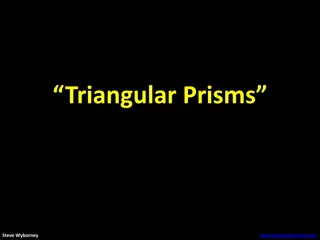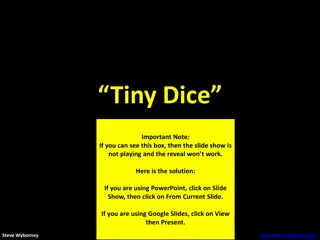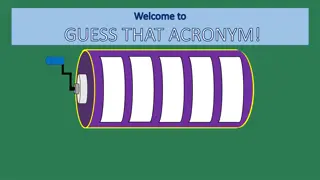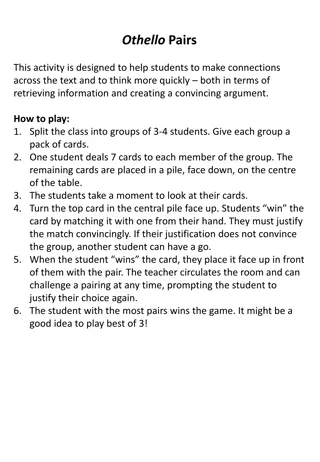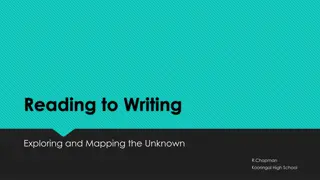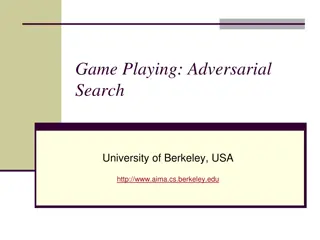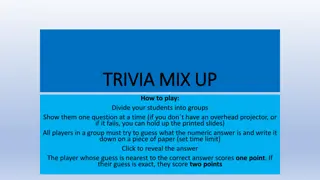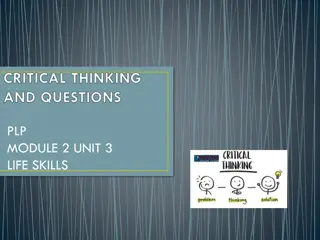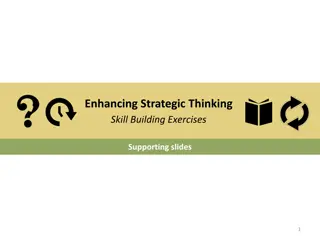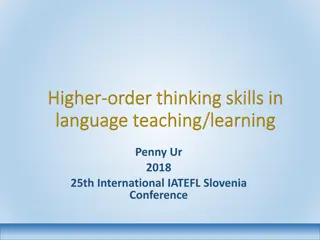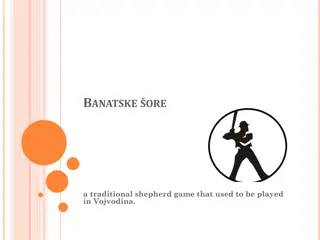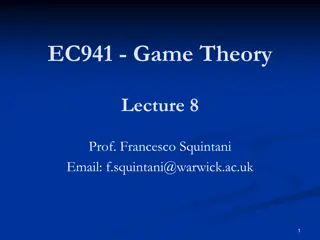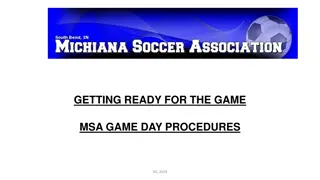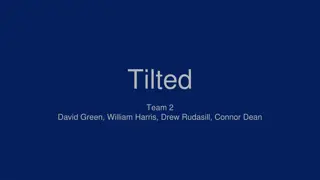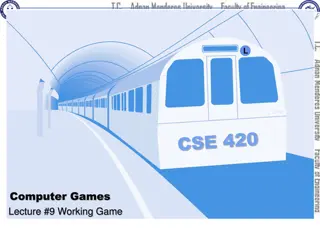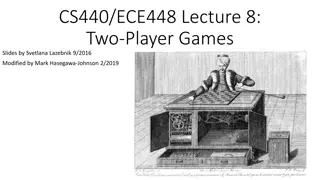Computational Thinking through "Guess Who" Game
Engage students in a fun and educational activity by playing "Guess Who" to develop computational thinking skills. By asking questions and eliminating possibilities, students learn problem-solving approaches like Divide and Conquer and binary search. Extend the game for deeper understanding and introduce algorithms efficiently. The activity fosters critical thinking and abstraction skills in an engaging manner, suitable for both individual and group settings.
Download Presentation

Please find below an Image/Link to download the presentation.
The content on the website is provided AS IS for your information and personal use only. It may not be sold, licensed, or shared on other websites without obtaining consent from the author. Download presentation by click this link. If you encounter any issues during the download, it is possible that the publisher has removed the file from their server.
E N D
Presentation Transcript
Playing Guess Who Aim of the Game: To guess the identity of the person chosen by asking a series of questions to eliminate the others. What you need to play the game: 1) Print the photos in this deck. Templates are provided at the end if you wish to add your own 2) Have the file Profiles.pdf available to hand. This file gives the identity and Facebook style profiles of each photograph. How to play: 1) Decide if this is going to be played as a whole class activity or in smaller groups or pairs. Although it is at least advisable to begin this as a whole class activity 2) Distribute the photos to the students. Each student holding a photo holds it up so that others can see. 3) The first identity chosen should be Gary (page 7). 4) Invite students to ask questions to guess who has been chosen, for example does the person have red hair? 5) Students should place their photograph face down if it doesn t meet the criteria being asked. 6) Play at least three rounds of the game. The first should identify Gary, the second should identify multiple people and the third no one Where is the Computing? This activity can be delivered independently but was designed to be delivered as part of the Cyber Safe workshop as it focuses on recognising peoples identities. An activity such as this leads to an interesting discussion after the game has been played to discuss why people are not always what they seem on the internet. Guess who is not that dissimilar to the game of 20 Questions, and adding to the pool of photos can certainly help to illustrate some of the concepts more clearly. The questions formed can illustrate how various search algorithms work. Discussing what makes a good question is a good starting place for this. For example, asking is it female? automatically eliminates half of the possibilities, continuing in this way can help you arrive at the identity of the chosen person much faster. A questioning approach such as this illustrates the Divide and Conquer approach to problem solving. You can take the discussions further to introduce the concept of a binary search algorithm which in fact uses the Divide and Conquer approach. The activity can also be extended to compare different types of questions being asked, and thereby different strategies used. These can be written and illustrated and therefore used to introduce a way of comparing algorithms by analysing their efficiency. Guess who work and helps to develop computational thinking. From thinking about algorithms, to evaluating their efficiency. Students may also use skills such as decomposition and abstraction to be able to identify elements of photos that they should turn into questions. It is important that these elements and terms are introduced to the students so that they can identify what they have learnt. However, it is recommended that this is done either by introducing the terms at opportune moments during the activity as its delivered or in a post activity discussion where more experienced students can be asked if they can identify the elements of computational thinking used during the activity. Further Reading: CS4FN by Queen Mary University of London, The 20 Questions Activity : teachinglondoncomputing.org


